5th Annual Psoriasis In America: Beneath The Scratchy Surface
Managing daily life does not come easy when treating psoriasis on different parts of the body. Over half of psoriasis patients experience a variety of symptoms every day - symptoms that include debilitating itch and painful plaques.
95% of psoriasis patients also live with additional health conditions including psoriatic arthritis and depression. These factors influence all aspects of life including financial stress, sacrificing treatment, and facing what remission truly looks like.
Let’s take a look at what psoriasis truly feels like beneath the scratchy surface.
Areas of the body affected by psoriasis
Psoriasis is generally classified into three categories: mild, moderate, or severe and symptoms can occur on the skin anywhere on the body.
Almost half (45%) of patients classify their condition as moderate which includes psoriasis covering up to 10% of their bodies.
The fatigue of daily symptoms of psoriasis
Living with symptoms of psoriasis can impact daily life especially when 64% of patients report experiencing pain or physical discomfort due to their condition.
The most common physical symptoms of psoriasis such as flaking and itching can cause difficulties just simply moving. Irritation can also occur when external items graze the skin - making it frustrating to complete daily tasks.
Managing additional health conditions outside psoriasis
While you try to control what you can and prevent the worst of your condition, there’s a lot more that’s out of control. 95% of patients confirmed they live with additional conditions to manage outside of their psoriasis.
It can be scary to imagine how symptoms and side effects might change or intensify with time. 65%* of psoriasis patients are concerned about disease progression and the development of additional health conditions.
The financial burden of psoriasis
Paying for psoriasis treatment, even with insurance, can be extremely expensive. While 45% of patients actively seek out information about the latest psoriasis treatments, others might not understand how the bills can add up.
You might end up sacrificing some areas to keep up with health-related costs. There can also be concerns about the future.
Seeking psoriasis treatment support
Psoriasis can often feel like a lonely disease if you don’t know others who live with it. It can be challenging when friends and family members who don’t have the condition themselves to relate to the daily life struggles that come with the chronic condition.
Only 15% of psoriasis patients feel their psoriasis is controlled with their current treatment. So where do they turn for research, support, and insight?
What does psoriasis remission look like?
One of the frustrating aspects of an autoimmune condition like psoriasis is the frustrating flare-up remission cycle.
Over the past year, 39% of psoriasis patients have experienced more than 10 psoriasis flares. Almost ½ have never experienced remission from their psoriasis, with only 1 in 10 considering themselves in remission.
While there is no cure for psoriasis, sometimes people with psoriasis can pinpoint what makes their psoriasis flare-up or have identified ways to manage their symptoms to achieve remission. We asked: “In your own words, how do you define being in remission from psoriasis skin symptoms?”
The Psoriasis in America 2020 survey was conducted online from October through March of 2020. 868 people completed the survey.
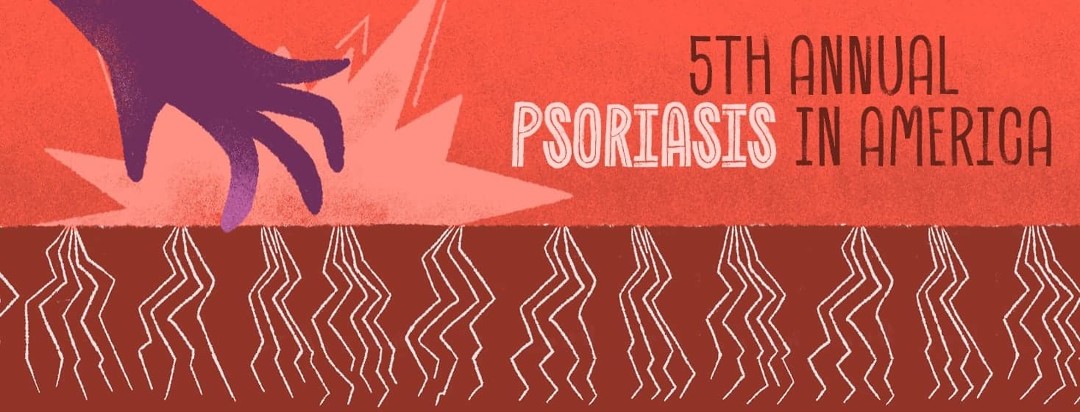
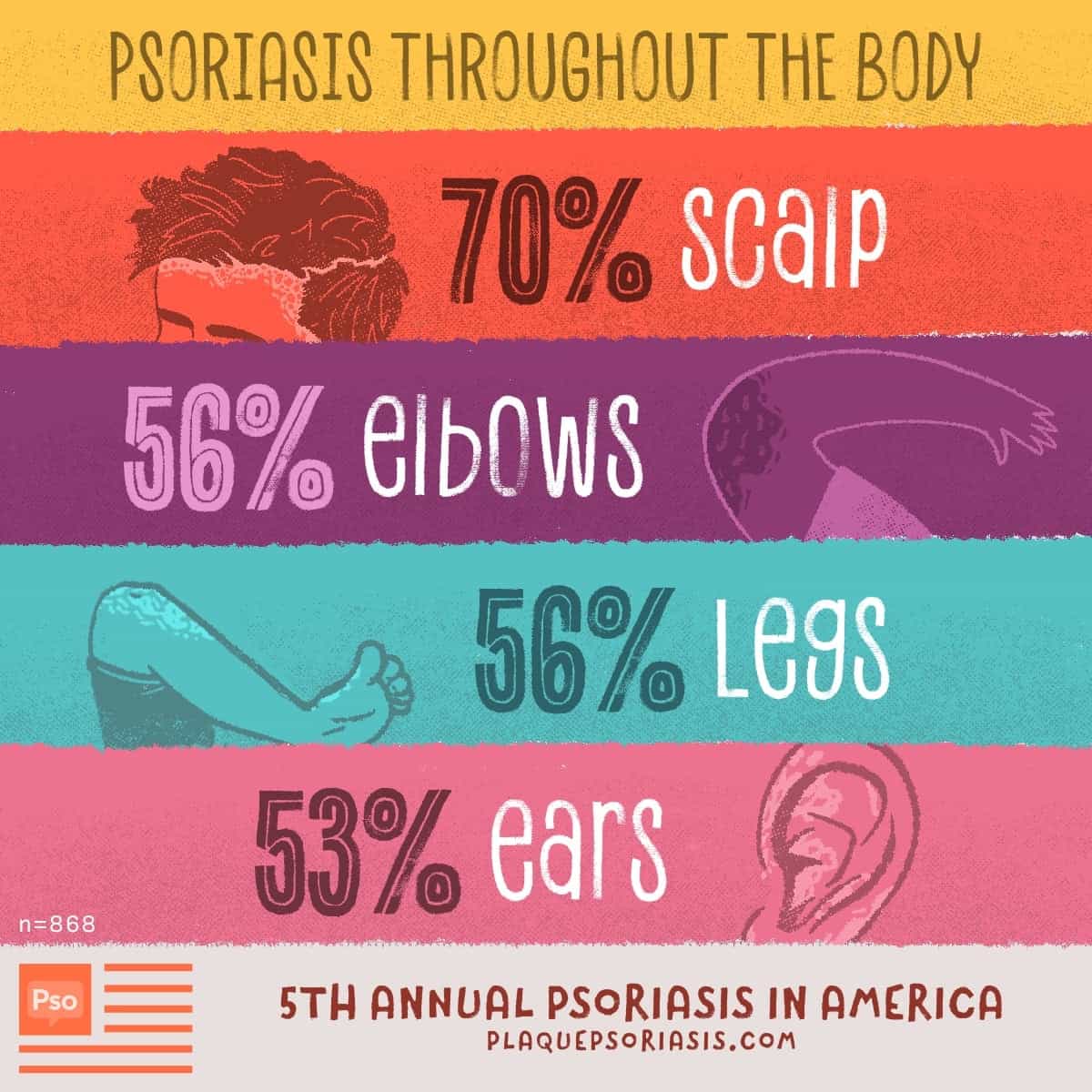
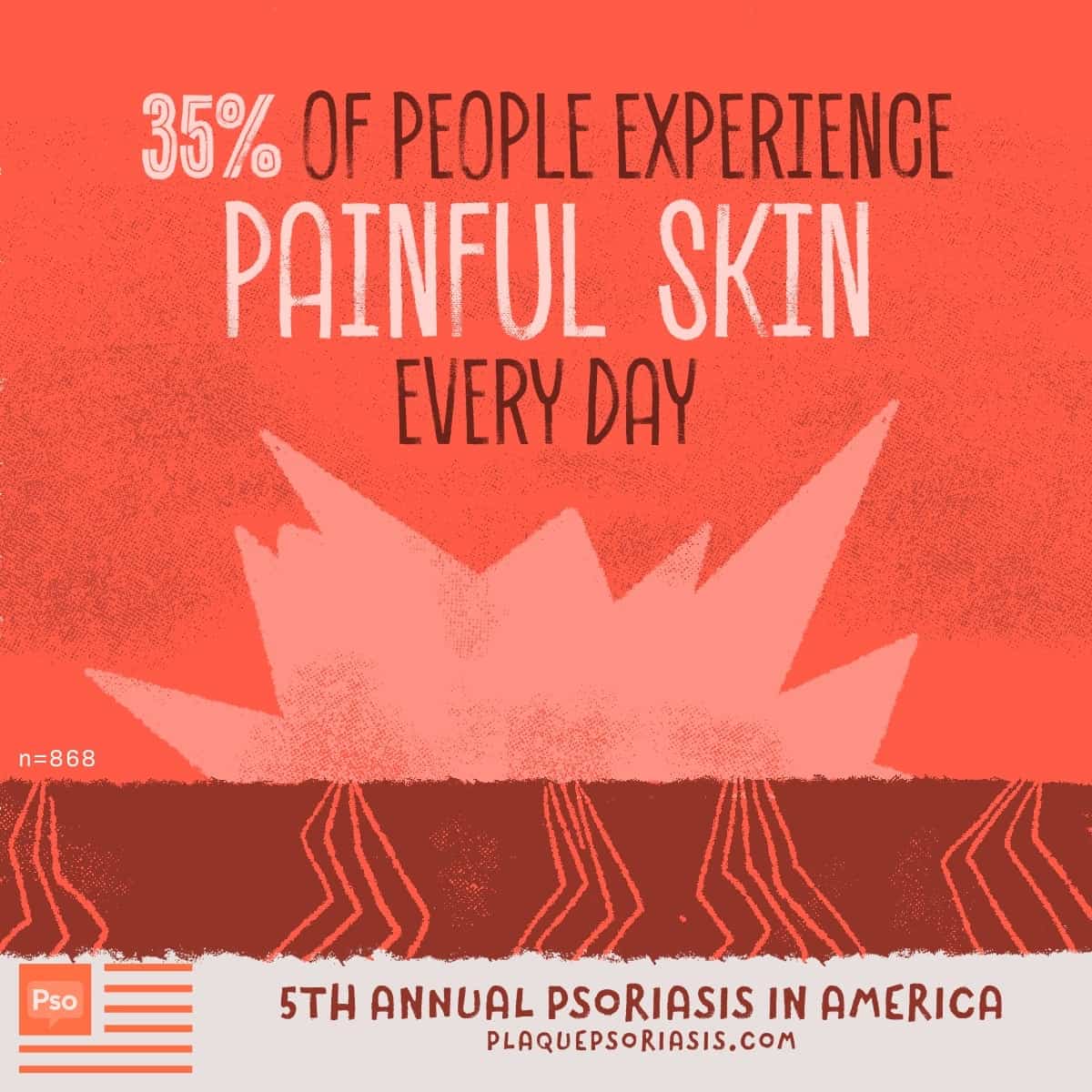
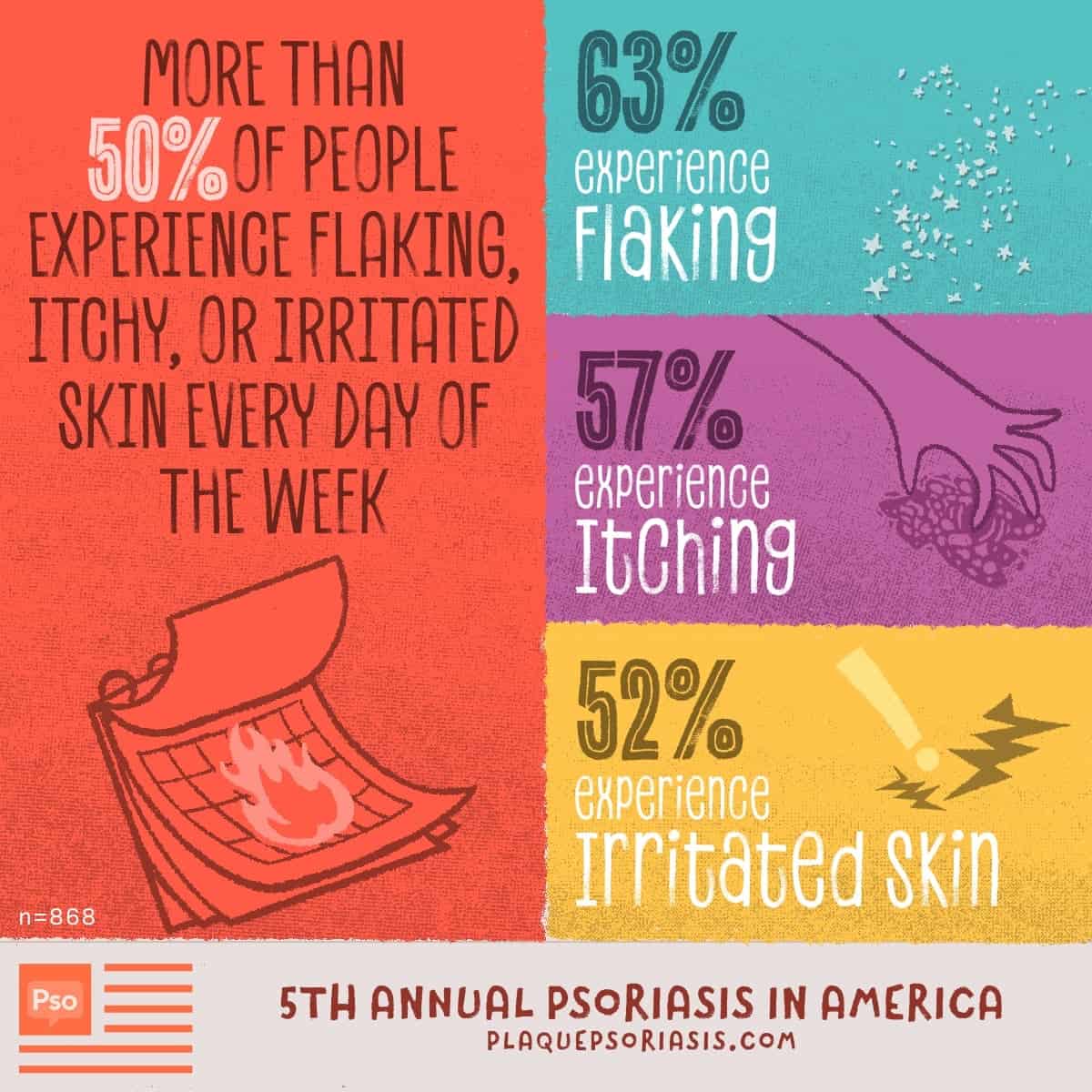
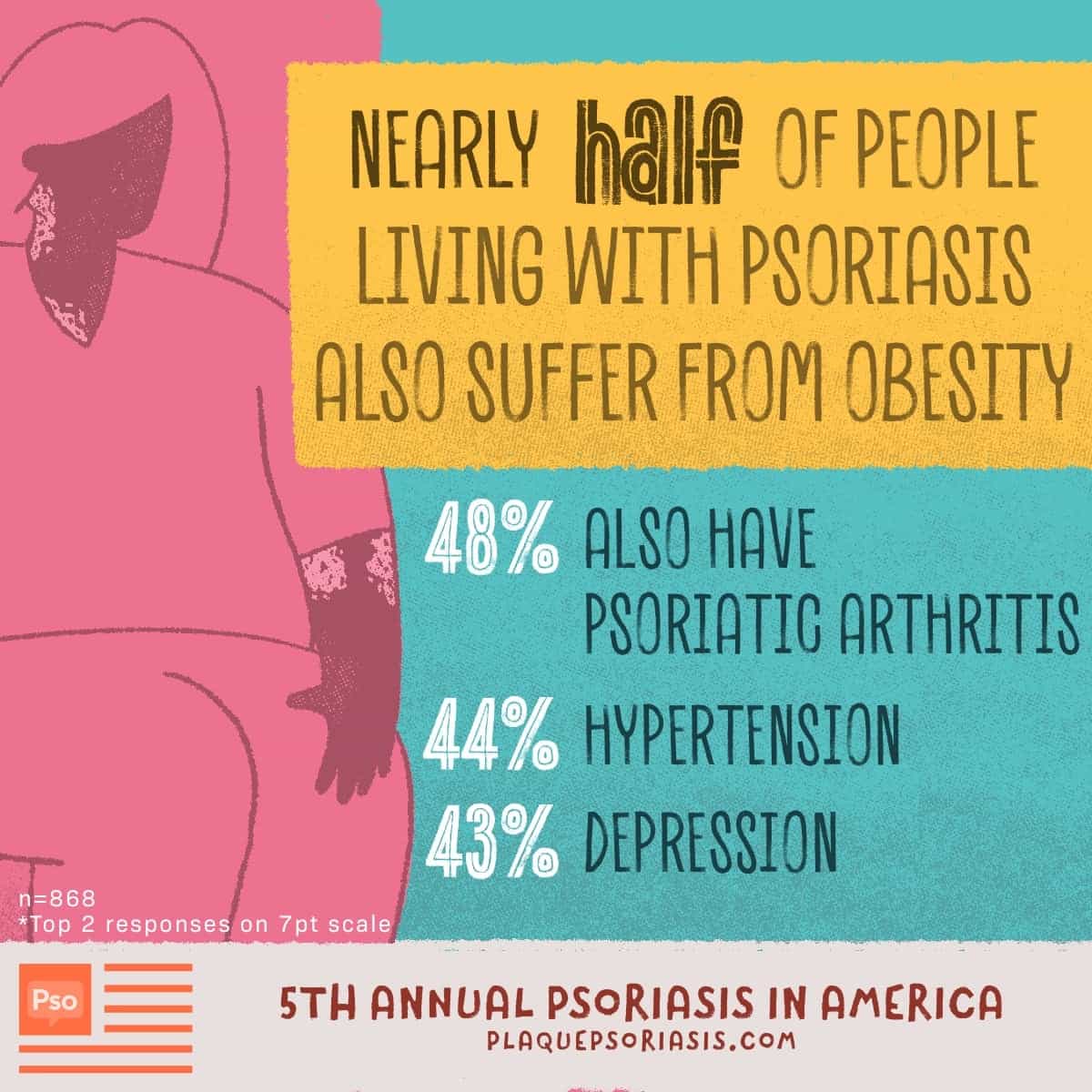
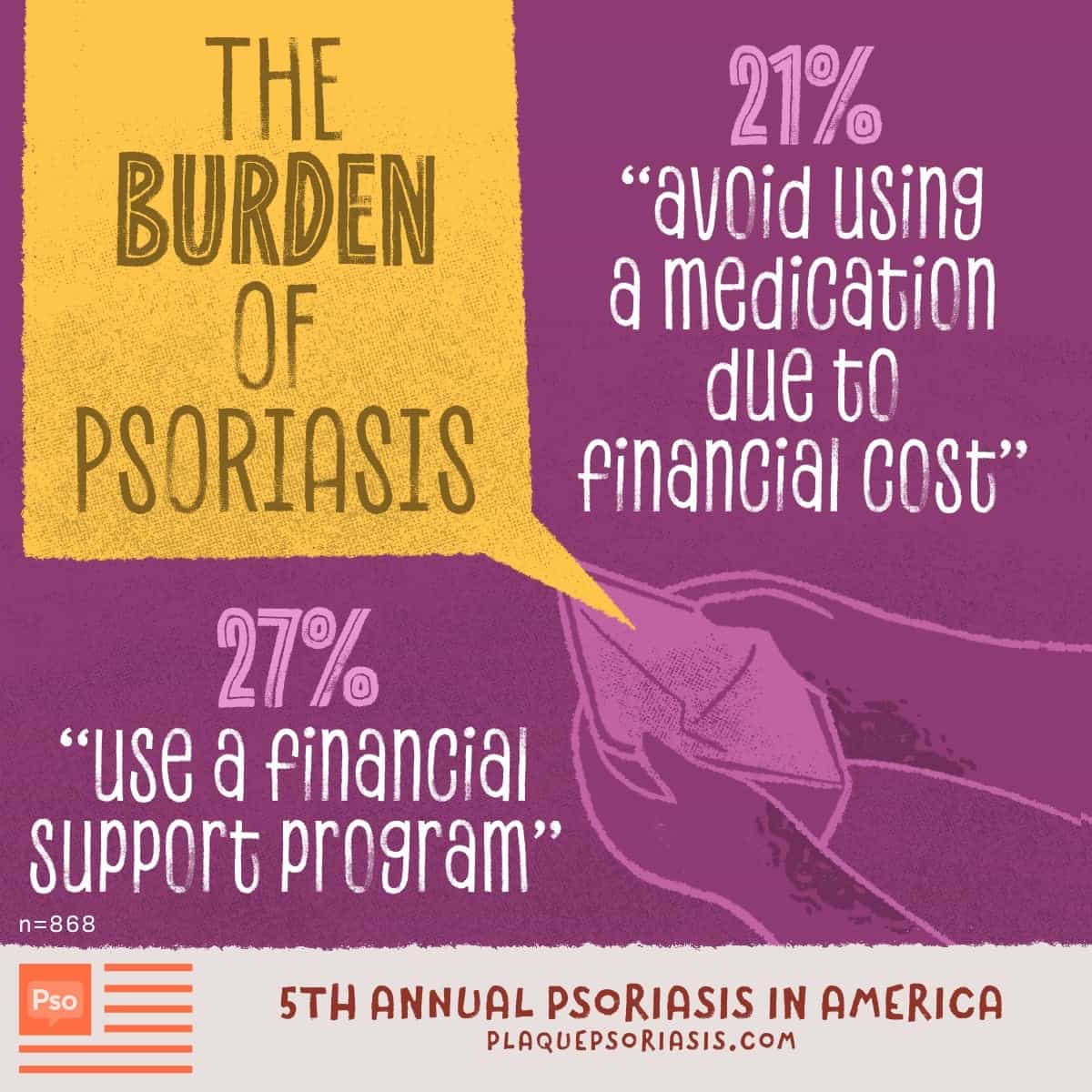
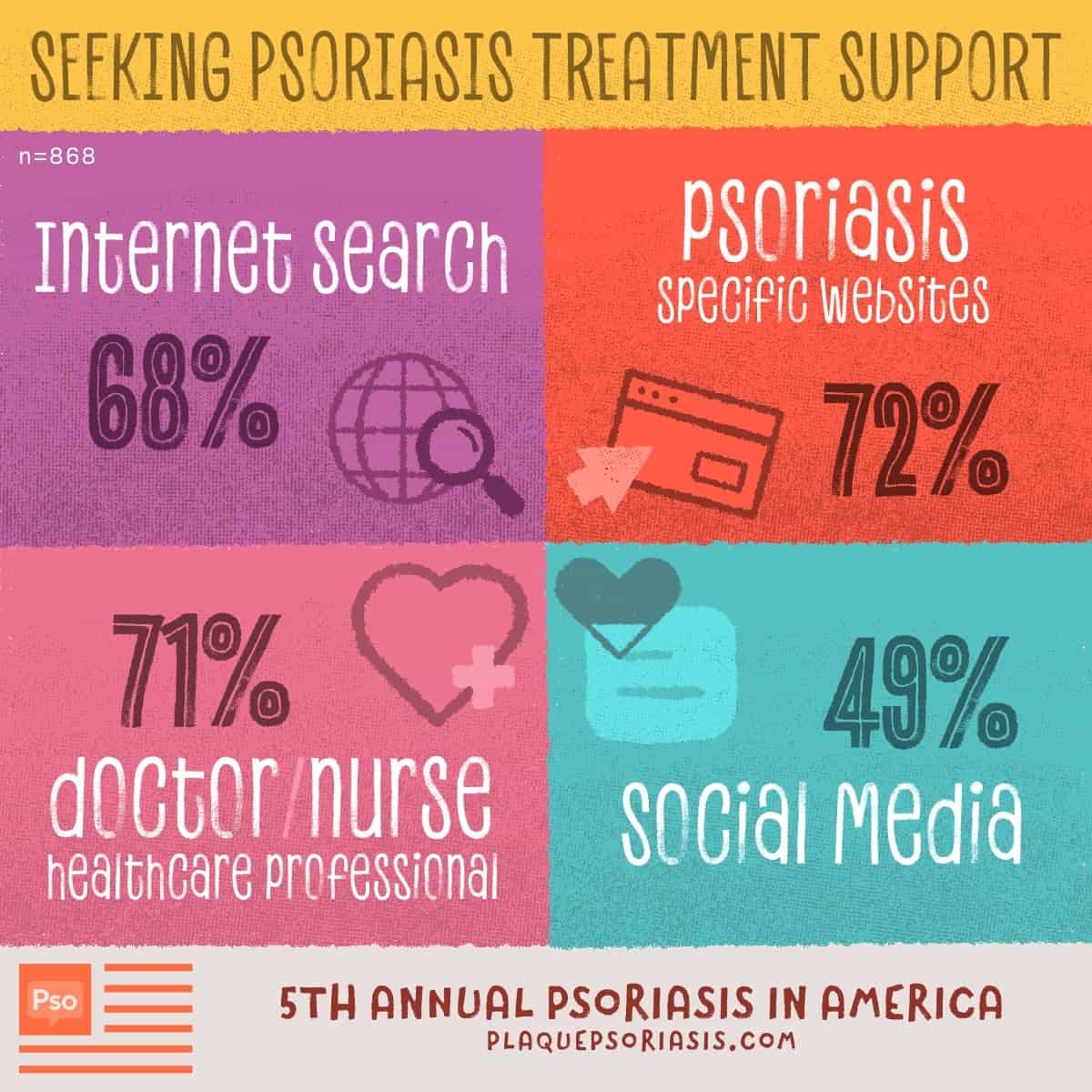
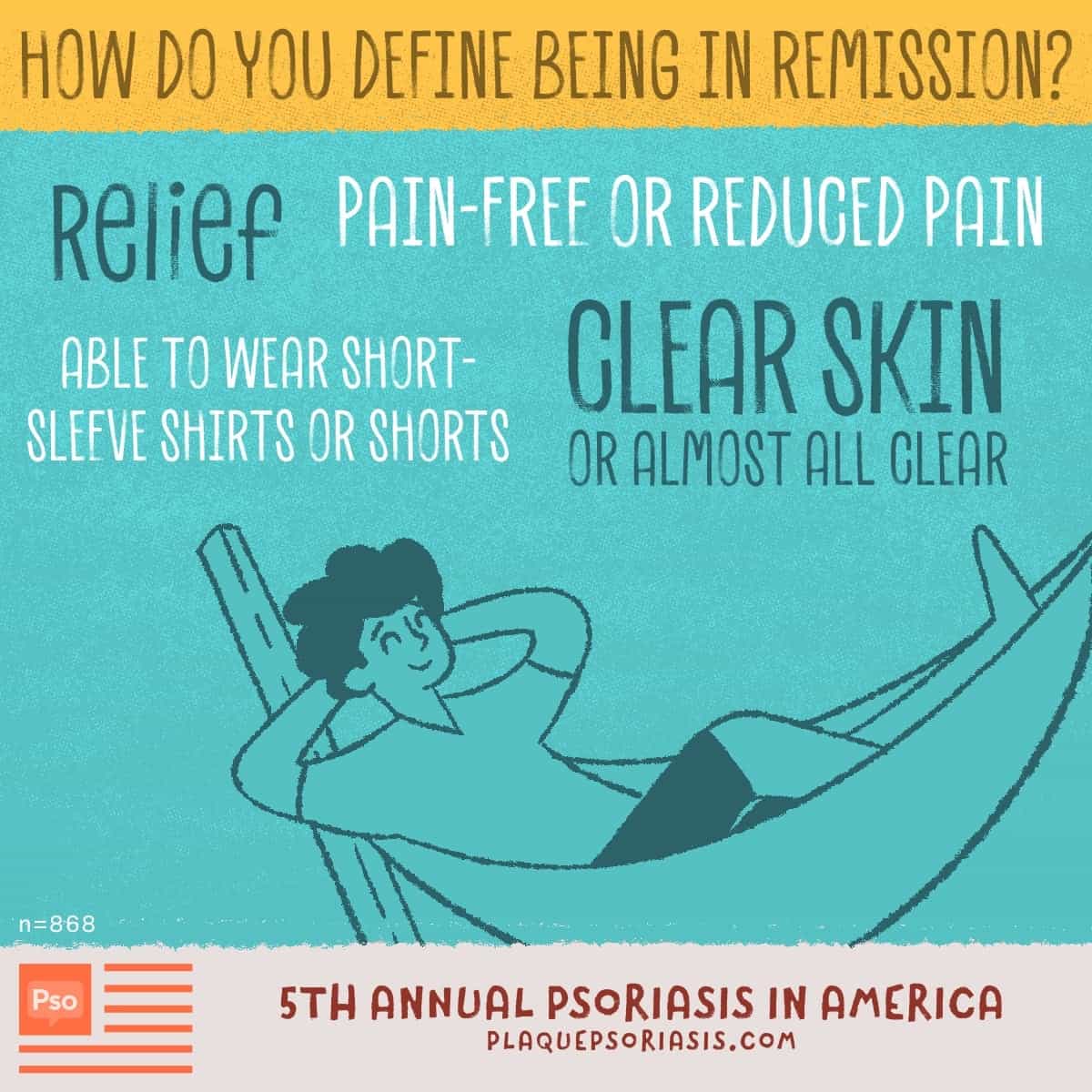
Join the conversation